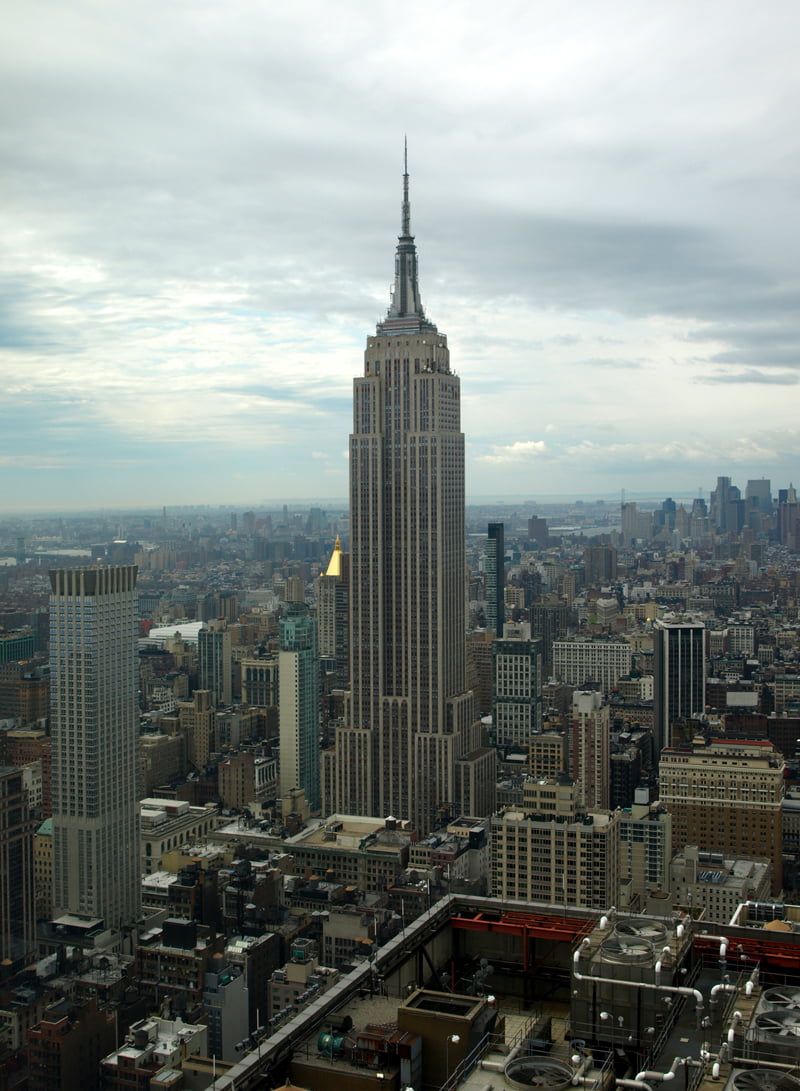The Empire State Building stands tall and proud as an iconic symbol of the New York City skyline. Its magnificent architecture and storied history continue to captivate millions of visitors each year. Constructed during the Great Depression, the Empire State Building is a testament to human ingenuity, engineering prowess, and the unyielding spirit of New York City. In this blog post, we delve into the construction process that brought this towering marvel to life.
- Conception and Design:
The idea for the Empire State Building was conceived by John J. Raskob, a financier, and Alfred E. Smith, a former governor of New York. They envisioned a skyscraper that would surpass any structure in the world. The architectural firm Shreve, Lamb & Harmon Associates was tasked with designing the building. William F. Lamb led the team and designed the iconic Art Deco masterpiece that we recognize today.
- Site Selection and Preparation:
The construction site for the Empire State Building was chosen on the corner of Fifth Avenue and 34th Street in Manhattan. The location was carefully selected due to its proximity to transportation, as well as the fact that it was once the site of the famous Waldorf-Astoria Hotel. The existing structure was demolished, and the site was prepared for the groundbreaking.
- The Construction Process:
a. Excavation and Foundation:
The first step in building the Empire State Building involved excavating a massive foundation pit. Approximately 55,000 cubic yards of earth and rock were removed to create a solid base for the skyscraper. The foundation was constructed using a network of caissons, which are watertight chambers, and the excavation was completed in just two weeks.
b. Structural Steel:
The skyscraper’s skeleton was built using structural steel, which provided strength and stability to the tower. The steel framework was fabricated off-site and then transported to the construction site. Remarkably, the Empire State Building was erected at an astonishing pace of four and a half stories per week. The speed of construction was achieved through the use of innovative techniques such as the “fast-track” construction method.
c. Art Deco Design:
One of the defining features of the Empire State Building is its striking Art Deco design. The exterior of the building features intricate stone carvings, ornamental metalwork, and setbacks that gradually taper towards the top. The limestone and granite used for the façade were meticulously hand-cut and polished, adding to the building’s aesthetic grandeur.
d. Interior Construction:
Simultaneously with the exterior, the interior spaces of the Empire State Building were taking shape. A team of skilled craftsmen worked on installing elevators, electrical systems, plumbing, and heating. The building was designed to accommodate various commercial tenants, offering office spaces, retail areas, and observation decks.
- Completion and Inauguration:
The construction of the Empire State Building was completed in a remarkable time frame of just over one year. On May 1, 1931, President Herbert Hoover officially dedicated the building during a ceremonial lighting of the tower’s iconic mast. The Empire State Building became an instant symbol of American resilience and achievement.
The construction process of the Empire State Building was a remarkable feat of engineering and determination. From its humble beginnings as an idea to its completion in record time, the building stands as a testament to human innovation and the pursuit of architectural greatness. Today, the Empire State Building remains an everlasting icon, inspiring awe and admiration for generations to come.

